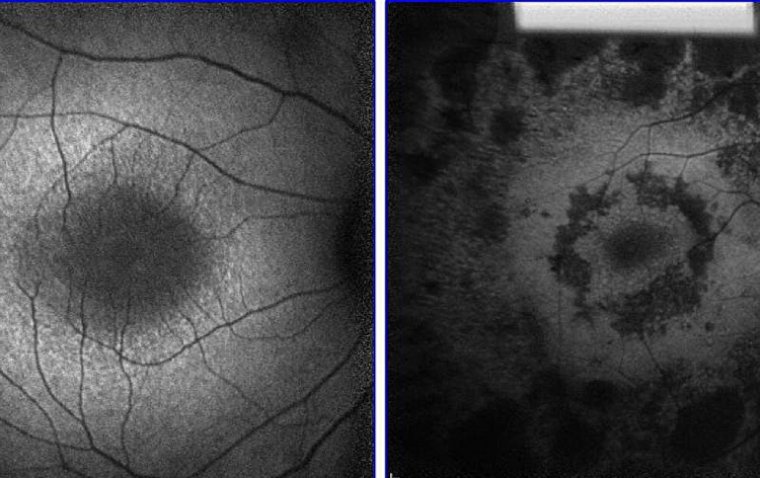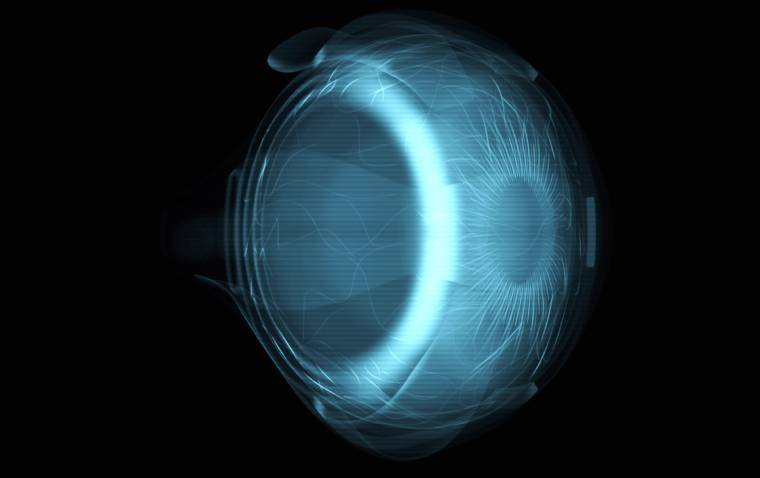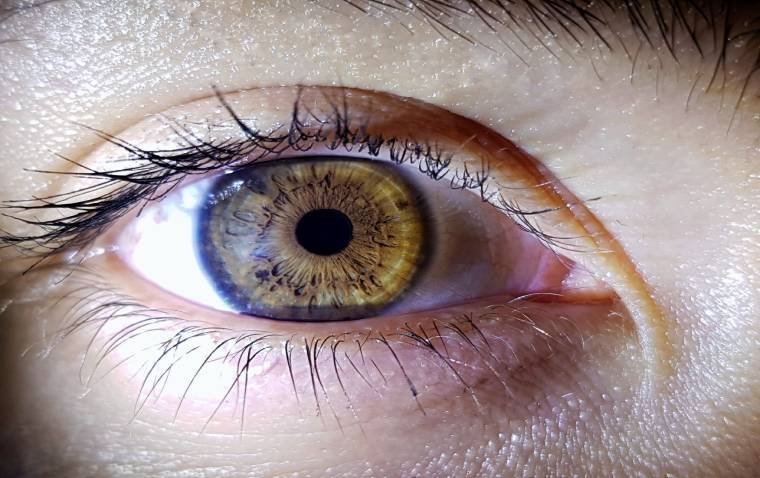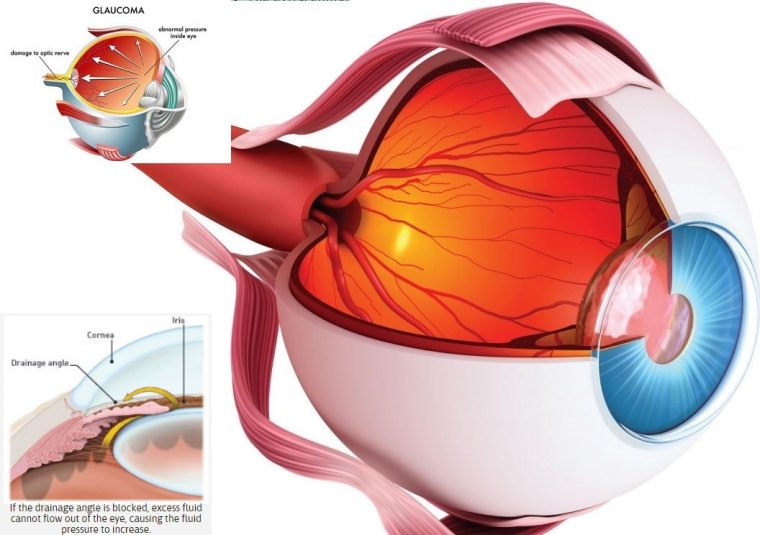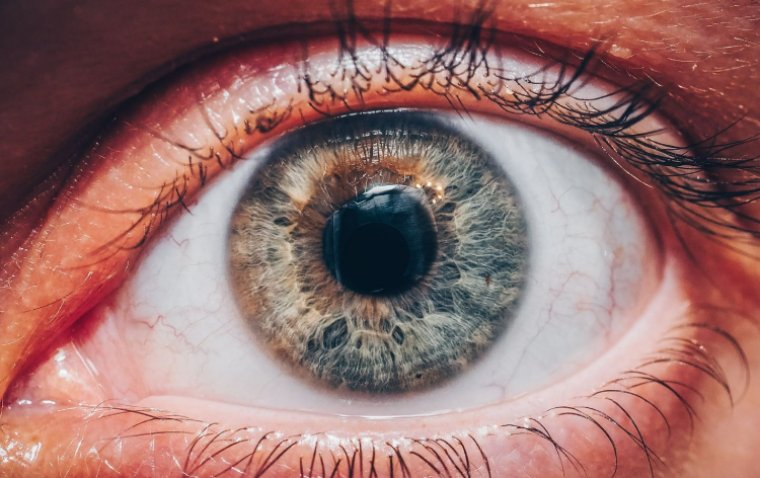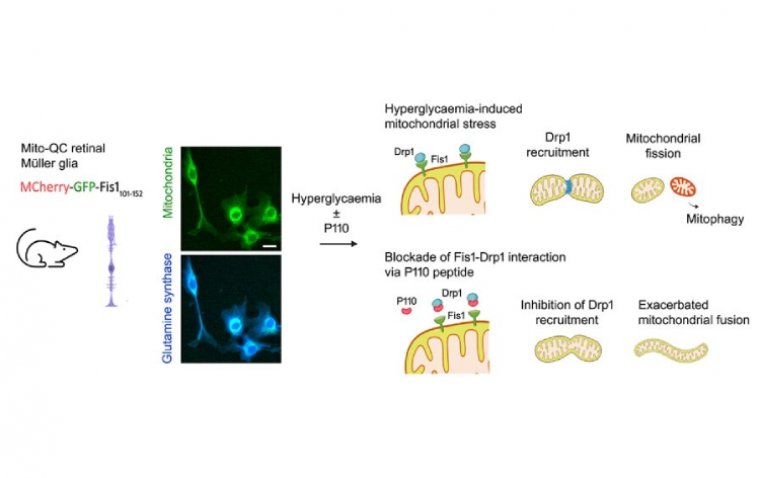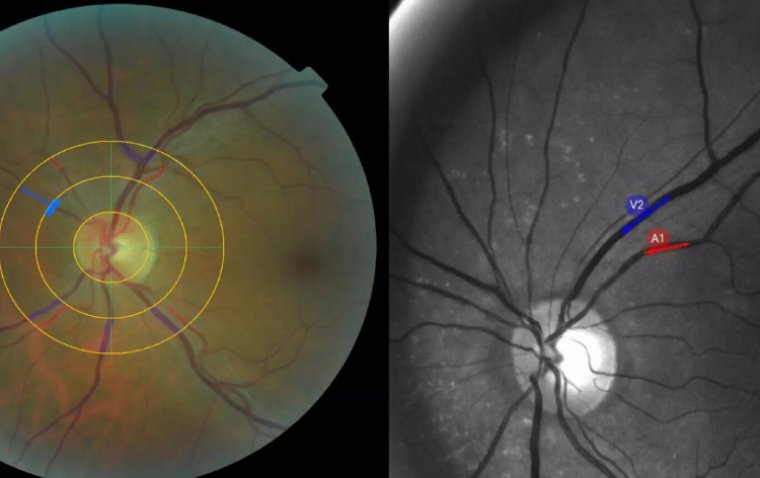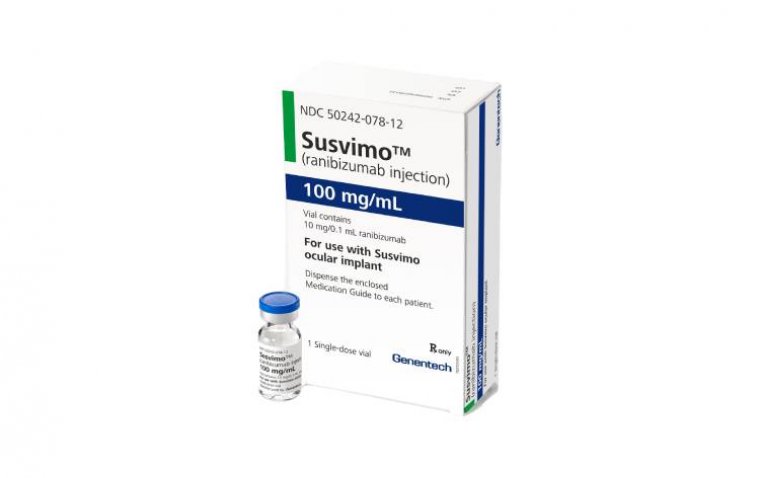
Trial Results for Susvimo Demonstrate Sustained Efficacy in DME and DR
Genentech and Roche released compelling 2-year data from the phase 3 Pagoda and Pavilion studies evaluating Susvimo (ranibizumab injection) 100 mg/mL, marking a significant development in the treatment landscape for diabetic macular edema (DME) and diabetic retinopathy (DR).
Reintroduction of Susvimo in the US and Presentation at ASRS 2024
Susvimo, reintroduced in the US, stands out as the first refillable eye implant offering continuous delivery of customized ranibizumab via the Port Delivery Platform. The latest findings expand upon the primary 1-year analyses, underscoring Susvimo's sustained efficacy over 2 years and its safety alignment with the established profile in individuals with DME and DR. Detailed outcomes were presented at the American Society of Retina Specialists (ASRS) 2024 Annual Meeting held in Stockholm, Sweden.
Moreover, the FDA's acceptance of Genentech’s supplemental Biologics License Application (sBLA) for Susvimo in DME and DR follows encouraging 1-year results from the Pagoda and Pavilion trials, where both studies successfully met their primary endpoints. Currently, Susvimo holds US approval for treating wet, age-related macular degeneration (AMD).
Genentech's Chief Medical Officer and Head of Global Product Development, Levi Garraway, MD, PhD, highlighted the significance of these efficacy and safety outcomes: "These efficacy and safety results demonstrate that Susvimo can deliver robust vision outcomes over 2 years for people with diabetic eye diseases that can cause vision loss. If approved by the FDA, Susvimo could bring a new treatment paradigm for diabetic eye diseases. We hope to bring this option to people with diabetic macular edema and diabetic retinopathy as soon as possible to help maintain their vision and potentially their independence."
One-Year Primary Data Supporting U.S. sBLA in DME and DR
In the Pagoda study focusing on DME, individuals receiving Susvimo refills every 6 months sustained noninferior visual acuity gains compared to those on monthly 0.5 mg ranibizumab intravitreal injections. Notably, approximately 95% of patients treated with Susvimo did not require supplemental injections during the primary study period of 64 weeks. Meanwhile, in the Pavilion trial for DR, participants receiving Susvimo refills every 9 months achieved superior improvements on the Diabetic Retinopathy Severity Scale (DRSS) compared to those under monthly clinical observation. None of the Susvimo-treated participants needed additional supplemental injections during the 52-week primary analysis period, in contrast to 60% in the control arm.
Two-year Pagoda and Pavilion Results Presented at ASRS
Continuing into the second year, participants in the Pagoda trial maintained vision gains with Susvimo refills every 6 months, showing sustained improvements in central subfield thickness (CST) through week 112. Safety observations remained consistent with Susvimo's known profile, with a low incidence (0.7%) of endophthalmitis through week 112, compared to 0.8% in the control group. Treatment resumed after successful resolution of endophthalmitis cases.
Similarly, in the Pavilion study, those receiving Susvimo refills every 9 months maintained or improved their DRSS scores from baseline at the 100-week mark, with a notable 80% achieving a two-step or greater improvement on the scale. Safety outcomes were consistent, with a 0.8% incidence of endophthalmitis through week 100.
These findings underscore Susvimo's potential to redefine treatment paradigms for diabetic eye diseases, pending FDA approval, offering hope for sustained vision preservation and improved quality of life for affected individuals.
(1).jpg)
